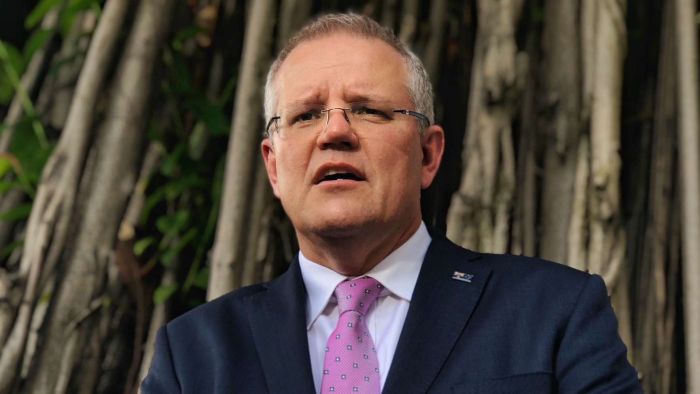All Australian governments have committed to 16 targets to tackle Indigenous disadvantage, after the previous Closing the Gap scheme largely failed in its aims, year after year.
Key points:
- The Prime Minister says the new agreement reverses the “wrong-headed” approach of the past
- It includes targets for out-of-home care, land and sea rights, language and housing for the first time
- Some advocates feel it is a missed opportunity to drastically reduce Indigenous imprisonment rates
The agreement completely resets targets set in 2008, and promises far greater Indigenous involvement in leading its implementation and measuring its progress — a significant change from the previous strategy.
Prime Minister Scott Morrison said there had been a failure to partner with Indigenous people to develop and deliver the 2008 targets.
“We told Indigenous Australians what the gap was that we were going to close — and somehow thought they should be thankful for that,” Mr Morrison said.
“That was wrong-headed. That wasn’t the way to do it.
“This is the task of us all. And for that to be successful, we need a partnership between all of these groups.”
The new agreement, which has bipartisan support, also includes new accountability mechanisms to keep governments on track, and a commitment to address structural racism in mainstream government organisations.
The targets have been signed up to by the Commonwealth, state/territory and local governments. A network of Aboriginal and Torres Strait Islander organisations, the Coalition of Peaks, helped to develop the plan and has also signed on.

The new targets:
- 1.Close the Gap in life expectancy within a generation, by 2031
- 2.By 2031, increase the proportion of Aboriginal and Torres Strait Islander

